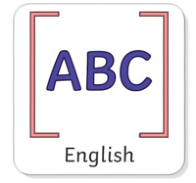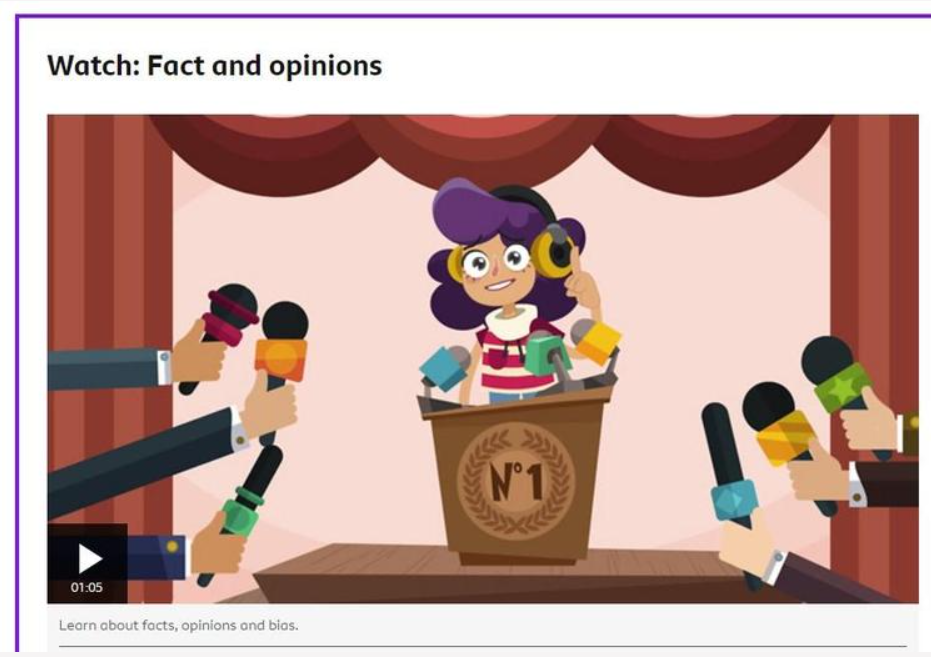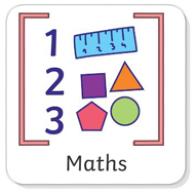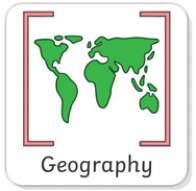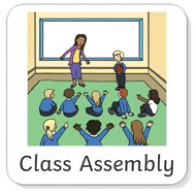Friday 20th June 2025
Friday 20th June 2025
LC: Explain the meaning of key vocabulary within the context of the text.
What strategies do we use to try to work out the meaning of aword from the context?
Context clues are hints in the text that you can use to infer meanings of specific words or phrases. They’re really useful when you need to decipher new vocabulary, so you don’t have to whip out a dictionary every time.
Example: After running through the forest, my hair is completely dishevelled.
“This is a covert mission. No-one must know about it,” explained the Army Officer.
Reread chapter 1, then have a go at working out the meaning of the words underneath, finding them in the text and using the clues around the words to help you.
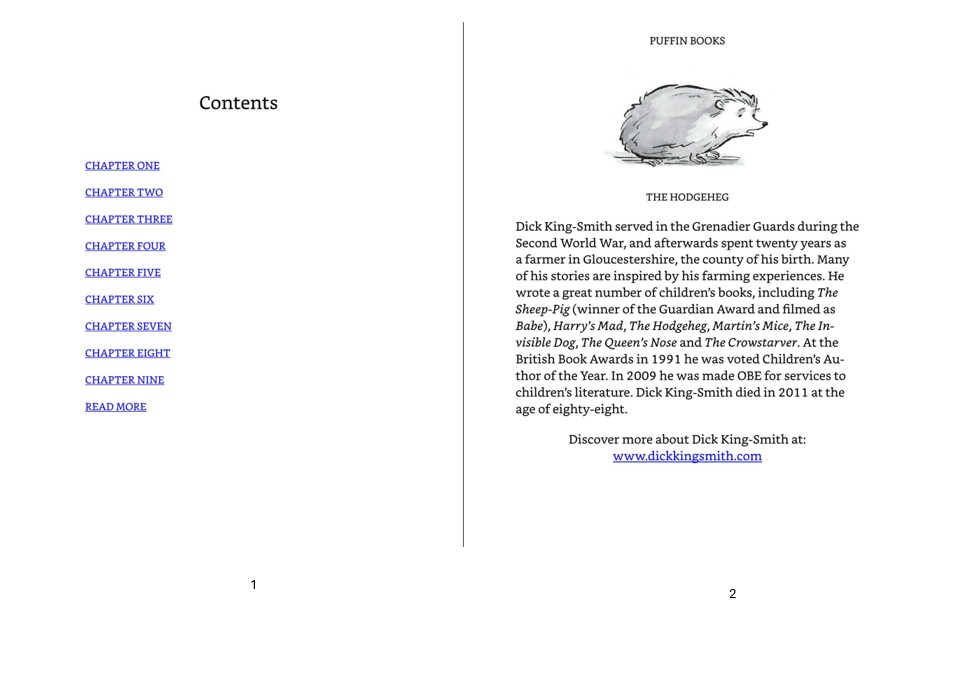
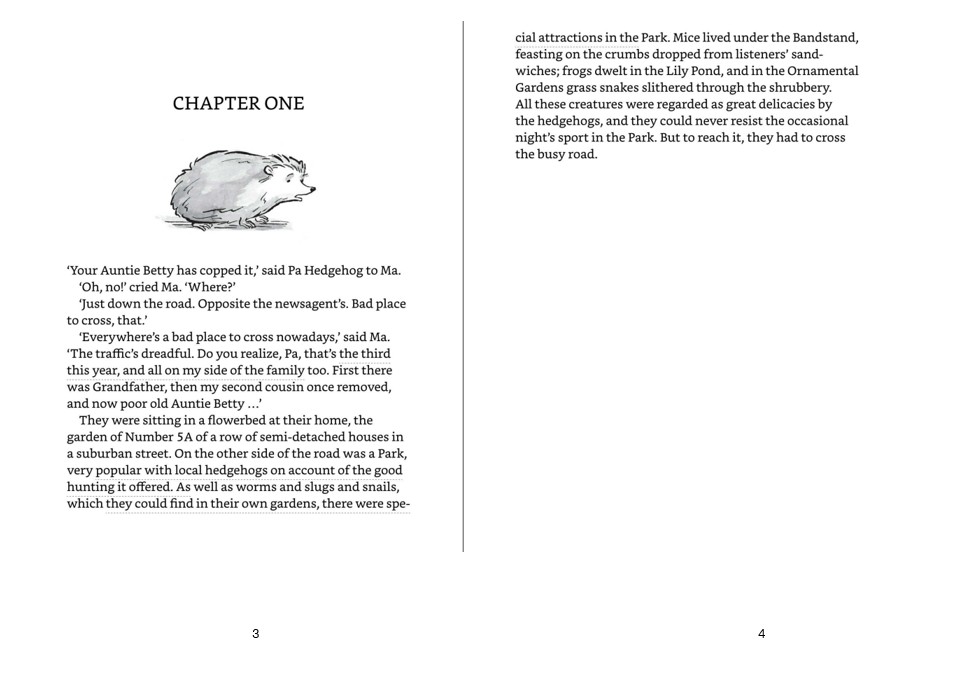
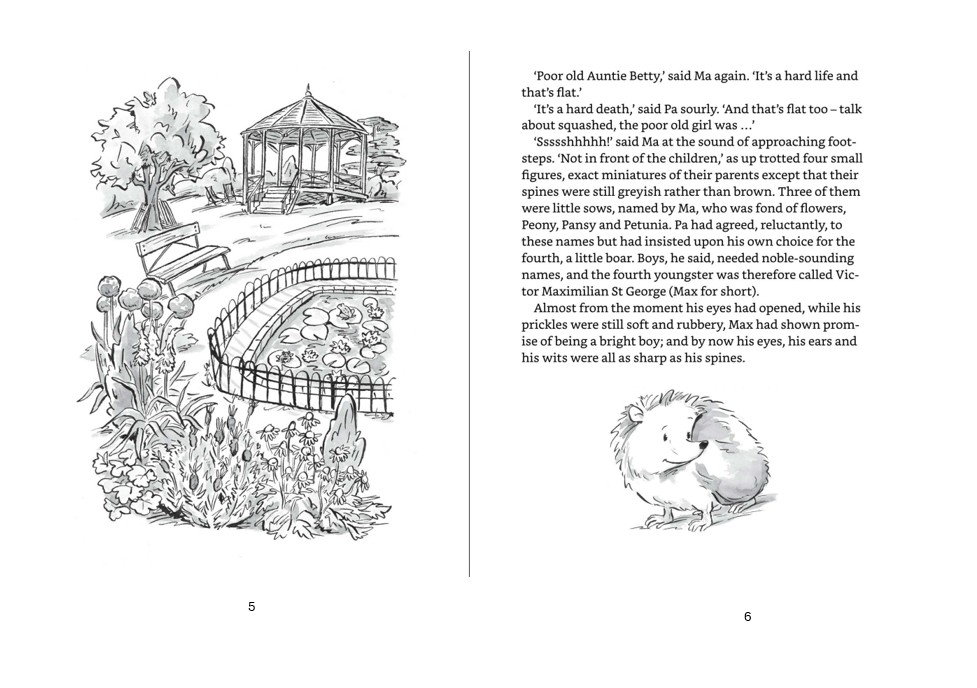
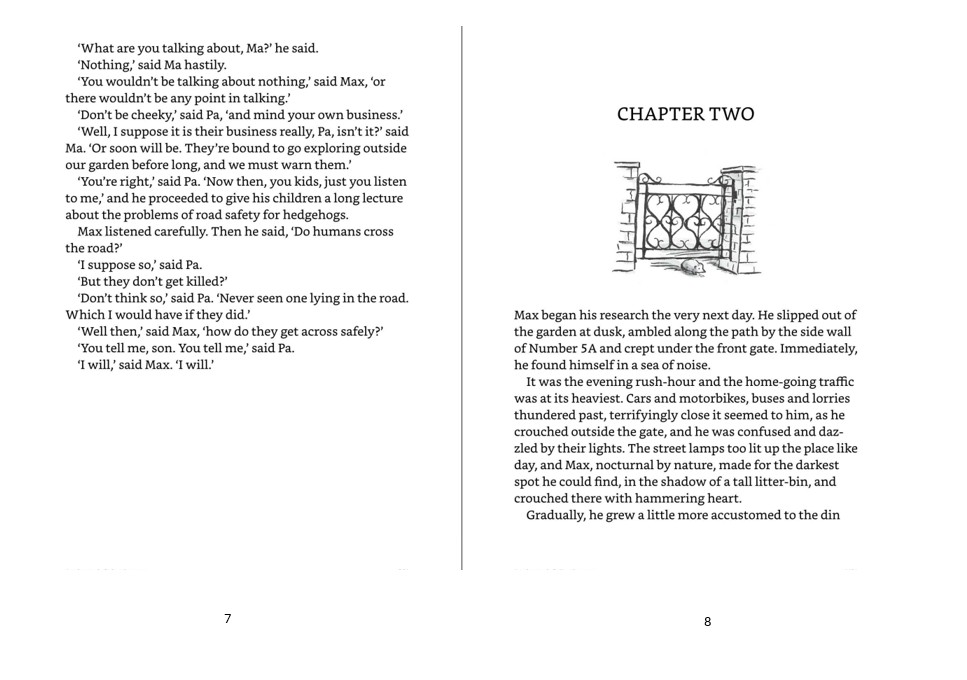
P4 What do you think the word ‘delicacies’ means? Why?
p.6 – What do you think the word ‘miniature’ means? Why?
p.6 What do you think the word ‘reluctantly’ means? Why?
p7 – What do you think ‘proceeded’ means?
Grammar
After Macavity committed a crime, he disappeared very quickly.
Macavity disappeared very quickly after he had committed a crime.
After many cat crimes were reported, the chief detective interviewed several eye witnesses in the neighbourhood.
Although the cat crimes have been investigated, no feline has been caught so far.
Have a go at experimenting with the conjunctions below to make new sentences.
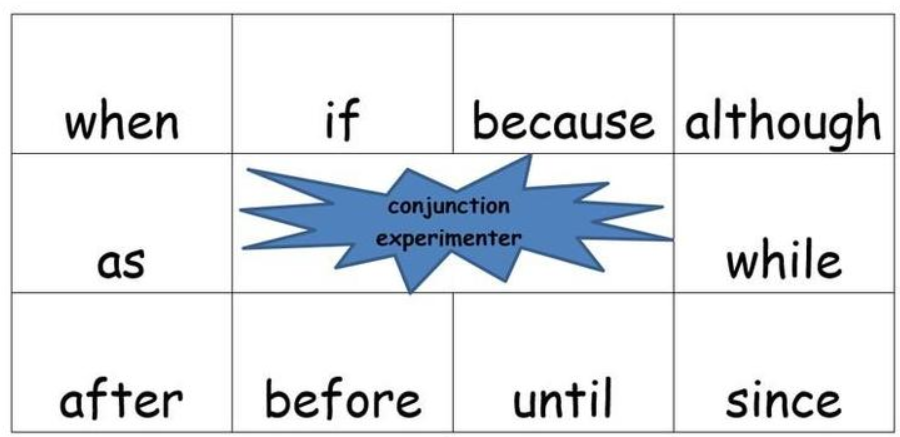
Friday 20th June 2025
LC: To record a range of information, fact or opinion.
What does the term fact mean?
What does the term opinion mean?
Decide which of the following statements are facts and which are opinions.
1. Pandas are cuter than meerkats.
2. The Houses of Parliament are in London.
3. Apples grow on trees.
4. My cat is the best cat in the world!
5. Ice cream is horrible.
6. Water will become ice if the temperature is cold enough.
If you read the sentence and think that someone might not agree with it then it’s an opinion. Facts are always right.
News paper articles have a range of facts and opinions to make them interesting to read.
Teacher model: fact or opinion.
Highlight facts in one colour and opinions in another colour.
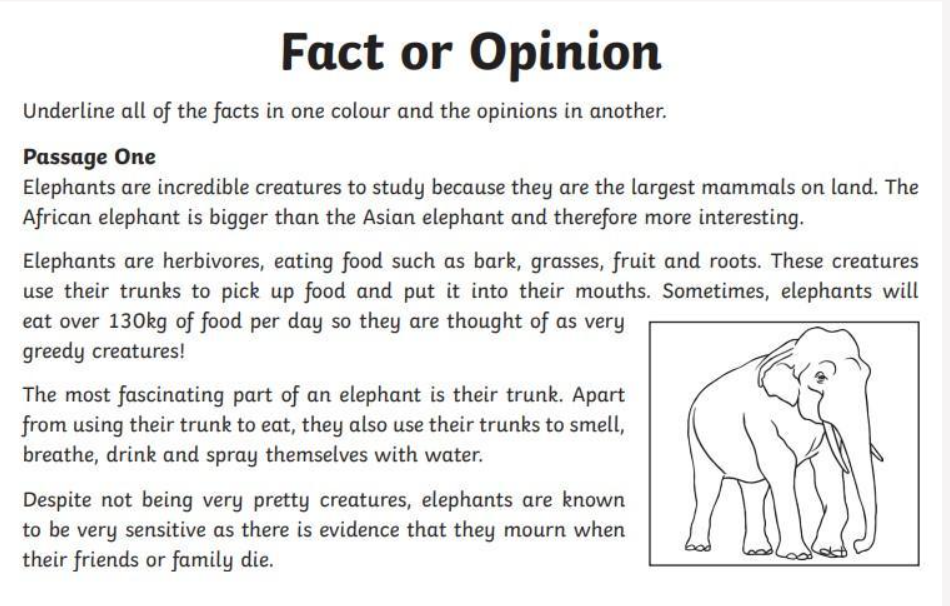
Your turn: Read the passage below and underline facts in one colour and underline the opinions in a different colour.
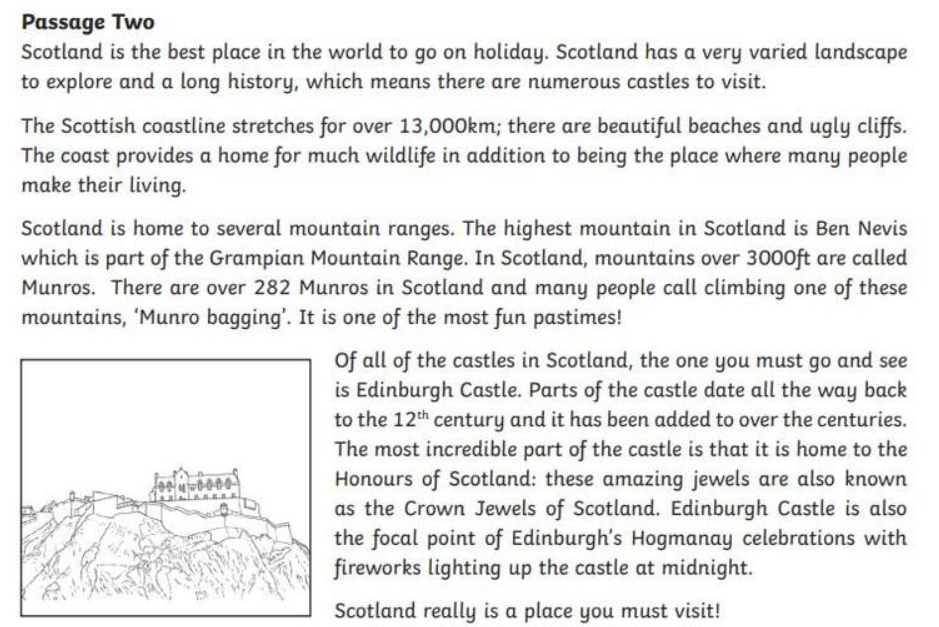
Friday20th June 2025
LC- To describe the human and physical features of Tuscany.
Let's remember:
What are physical features?
What are human features?
Last week we were learning about the land use, economic activity and trade links of Tuscany.
Tuscany is surrounded and crossed by major mountain chains and with few (but fertile) plains. It is dominated by hilly country used for agriculture.
Economy - Mining, textiles and clothing, chemicals, steel and metalworking, glass and ceramics, and printing and publishing.
The fashion and textile industry are the pillars of the Florentine economy. In the 15th century, Florentines were working with luxury textiles such as wool and silk. Today the greatest designers in Europe utilise the textile industry in Tuscany, and especially Florence.
It is the third largest supplier of clothing after China and Japan. The Italian fashion industry generates 60% of its turnover abroad.
Tuscany is famous for the production of the delicious wine.
Today we are going to focus on human and physical landscapes (everything you can see when you look at a large area of land)and landmarks (features or structures around the world that are easily recognised or unique. They can be natural or man-made) of that area. We are going to produce tourist information leaflets to share the information.
Watch again and make notes:
Human and Physical features of Tuscany
Here is some more information to make notes from:
Tuscany is surrounded and crossed by major mountain chains and with few (but fertile) plains. It is dominated by hilly country. Hills make up nearly two-thirds (66.5%) of the region's total area and mountains (of which the highest are the Apennines). Plains occupy 8.4% of the total area.
The climate is fairly mild in the coastal areas, and is harsher and rainy in the interior, with considerable fluctuations in temperature between winter and summer.
The biggest city in Tuscany is Florence, the region capital or capoluogo di regione, in Italian.
Tuscany is organized in 10 provinces: Arezzo, Firenze, Grosseto, Livorno, Lucca, Massa Carrara, Pisa, Pistoia, Prato, Siena
Tuscany celebrates its birthday on the 30th of November, the of ‘festa della Toscana’.
The leaning tower of Pisa is the most impressive of all leaning towers in Tuscany but not the only one! While no other compares with it, you can find leaning tower in other Tuscan town and even in other areas of Italy such as Burano, in Veneto

